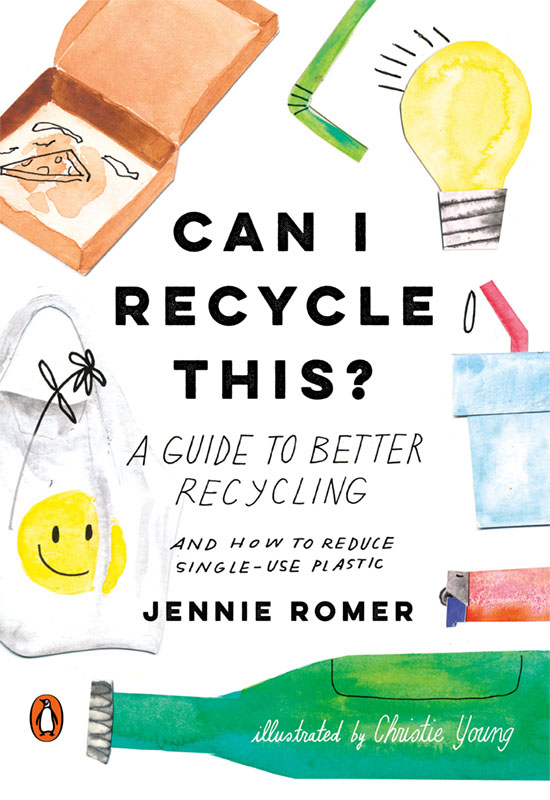The history of plastic resin identification codes in recycling
From the beginning, there was pushback on resin identification codes from local recyclers and environmental groups. Read More

The plastics industry pushed for recycling — including creating the RICs — which it lobbied to have state legislatures adopt.
From “CAN I RECYCLE THIS?: A Guide to Better Recycling and How to Reduce Single-Use Plastics” by Jennie Romer, published by Penguin Books, an imprint of the Penguin Publishing Group, a division of Penguin Random House LLC. Text copyright 2021 by Jennie Romer. Illustrations copyright 2021 by Christen Ann Young. The above is an affiliate link and we may get a small commission if you purchase from the site.

History of resin identification codes
Around the time that the Resin Identification Codes (RICs) were created in 1988, public opinion polls showed that an increasing percentage of the general public believed that plastics were harmful to public health and the environment. The plastics industry pushed for recycling — including creating the RICs — which it lobbied to have state legislatures adopt. Facing public skepticism, the plastics industry also launched a $50-million-a-year ad campaign to improve plastic’s image. Part of the message was “recycling is the answer.” Within the plastics industry, however, it was later revealed that even then there was serious doubt that widespread plastic recycling could ever be made economically viable.
From the beginning, there was pushback on the RICs from local recyclers and environmental groups. The problem was (and still is) that the average person saw the symbol and believed the packaging was recyclable, but many of those plastics were not actually being recycled. The Federal Trade Commission later developed guidelines around how and when the symbol could be used. People trust recycling, even if that trust isn’t always warranted.

Material types made with plastic resins
So, why do we have so many types of plastic anyway? Plastic resins each have their own unique properties; some are more rigid than others and some withstand heat better than others. We talk mostly about the six plastic resins that have their own codes, but many other plastics are made from blends of various resins and additives. (Blends and additives usually make those plastics impossible to recycle.)
Even within one resin category there can be several resin subcategories (e.g., PET G), as well as several material types (e.g., film, rigid, thermoform, expanded). I know it may sound overly complicated, but you need to consider the resin type and the type of material — as well as additives, including colorants and stabilizers that can sometimes be toxic — when determining whether something is recyclable.
For example, PET can be made into containers for food and beverages, as well as other products, such as film, fabric and carpeting. There are two types of food and beverage containers made with PET: bottles and jugs, made via a blow molding machine; and thermoform, made by heating a plastic sheet to a pliable temperature and molding to a specific shape.
The main difference is a property called “molecular weight,” which decreases whenever the material is processed due to moisture reacting to PET. As a result, material with a higher molecular weight (bottles and jugs) is more valuable, and material with a lower molecular weight (thermoforms) is less valuable. The only way to increase the molecular weight is through a “solid stating process” — but that’s cost-prohibitive — so PET thermoforms can’t be readily recycled into bottles, but they can be recycled into carpet.
Materials sold on the commodities market each have specifications for exactly what’s allowed in bales (solid blocks of sorted recyclables). There isn’t currently a reliable market for bales of PET thermoforms, but a certain amount of thermoforms are tolerated as contamination in a bale of PET bottles.













